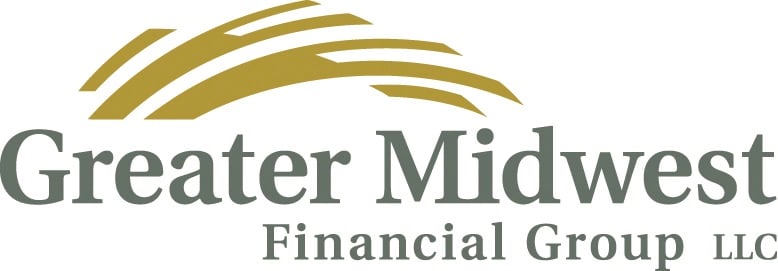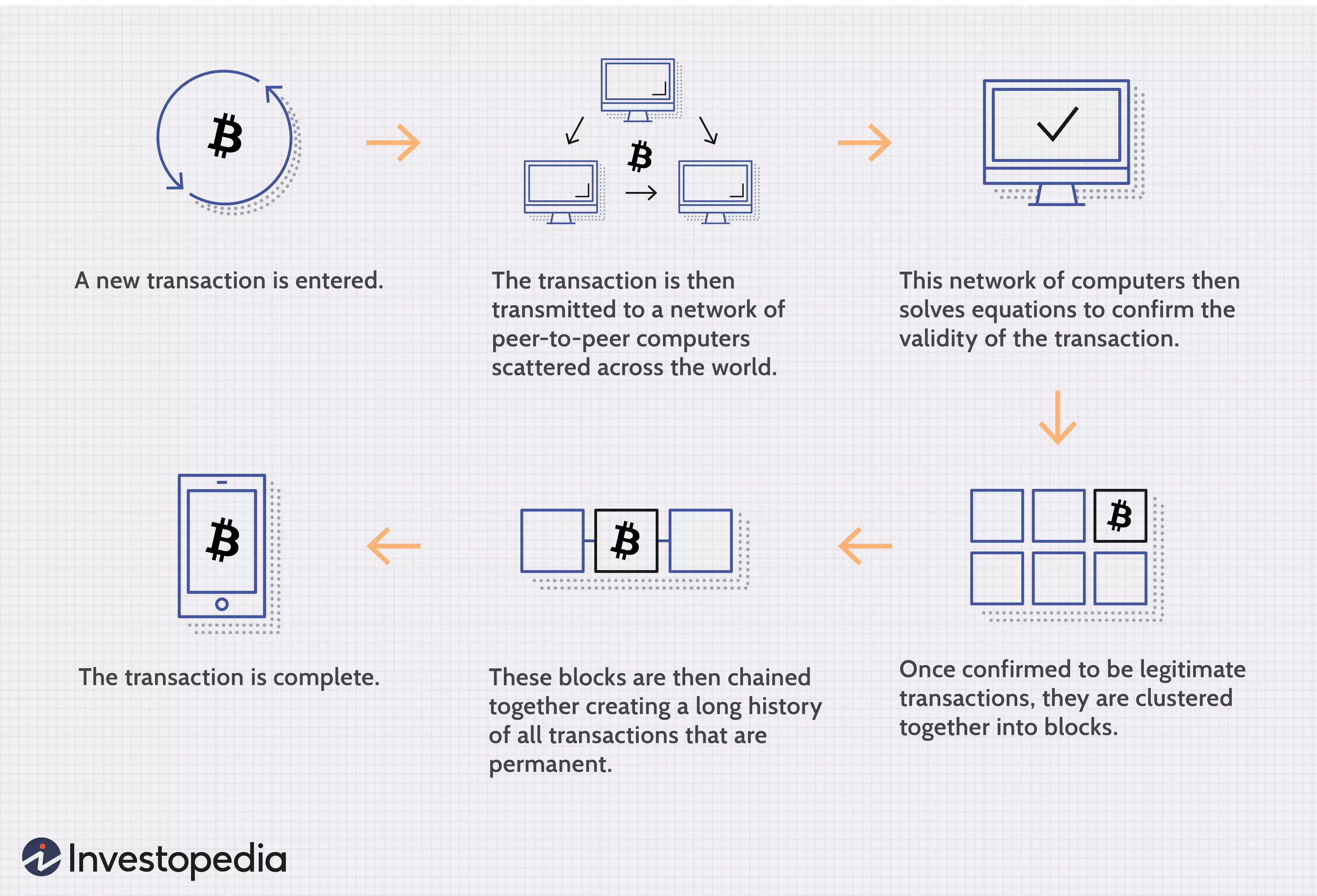
It seems like everywhere you turn, blockchains and cryptocurrency are in the news. From investors making massive returns to governments warning about scams, it’s easy to be confused on what exactly blockchains are and if they are “worth” using.
It doesn’t help that a lot of articles also assume that everyone understands what blockchains are and how they work.
Today, we’ll break down what blockchains are, what cryptocurrency is, how the two work together, and what you need to know about them as an average consumer. All without heavy jargon.
What is Blockchain?
Blockchain can get confusing very fast, especially for those of us who aren’t well-versed in the latest technology. In simplest possible terms, a blockchain is a type of database that encodes transactions. Blockchain works by verifying, securing and translating individual transactions into blocks.
Image source: https://www.investopedia.com/terms/b/blockchain.asp
What makes blockchain different than other databases is that it’s decentralized and more secure.
Currently, most transactions require a third party of some sort to execute the transfer securely. For example, if you want to send money online, you’ll have to use a service to do so, most likely your bank or an app like Venmo. This technology is owned by that company and will only keep record of transactions done within that tool. Blockchain technology is instead entered and transferred to a series of computers. This allows for more peer-to-peer trading as well as records of a variety of transactions.
Additionally, blockchain is more secure than other online transaction methods. It records information in a way that makes it incredibly difficult to hack. The process of trading via blockchain is secured via a network of computers, but individual users can’t see identifying information. For example, you can see the record of an exchange, but you might not be able to see another person’s bank account information. This makes blockchain extremely appealing for online trade because doesn’t require the trade partners to verify trust in each other. Instead, they can rely on the security of the blockchain system.
Blockchains can be used for other trades, but it’s most often associated with cryptocurrency.
What is Cryptocurrency? And How Does it Work with Blockchain?
Cryptocurrency is a type of digital data, essentially used in place of money. Each cryptocurrency has its own conversion into local currency, but most cryptocurrencies fluctuate in value. In extremely simple terms, you can think of the value of cryptocurrency like the value of stocks – the same unit may increase or decrease in value depending on the current state of the market.
Cryptocurrency is frequently used with blockchain technology because the digital nature of both make it significantly easier to use together. When making purchases or other transactions involving money, using cryptocurrency can offer an extra level of security. Additionally, it can be easier for international exchanges because traders don’t have to deal with conversions.
Pros and Cons of Cryptocurrency Blockchains
Like any new technology, there’s plenty of debate when it comes to wide-spread adoption of blockchain technology.
Nerdwallet breaks down some of the pros and cons:
Pros:
- Decentralization – Since no government agency issues or controls cryptocurrency, it’s not subject to government influence or fees.
- Transparency plus anonymity – Every transaction is recorded and verified within the blockchain, but personal information is not viewable to all.
- Accuracy and security – Relying on computers to handle all transactions eliminates the possibility of human error.
- Opportunities for the underbanked – For those living in areas with little or unreliable banking, blockchain is a necessary alternative.
Cons:
- Criminals like crypto – There are a great number of bitcoin investment scams that run rampant, since the technology is new and misinformation is common.
- Blockchain cryptocurrencies are highly volatile – Since cryptocurrency doesn’t have a fixed value, it can swing wildly.
- Crypto use is still niche – Purchases with cryptocurrency are still the exception, not the rule, so it can be hard to find peers or businesses that accept it as currency.
- Environmental impact in question – One of the biggest drawbacks of cryptocurrency and blockchain is the amount of required energy to power the necessary computers. This creates a large carbon footprint.
- Bitcoin blockchain is slow - The Bitcoin blockchain can process about seven new transactions a second. By comparison, credit card giant Visa can process 24,000 transactions per second, according to the company.
We’re still in the early phases of blockchain and cryptocurrency. It’s unclear what the future will hold for this technology.
For the average consumer, it’s probably best to stick to more tried-and-true methods of banking and investment. But for those who are looking for new ways to invest and have the time and energy to devote to keeping on top of trends, cryptocurrency blockchain presents a unique new opportunity.
At Greater Midwest Financial Group, we have always strived to do what is best for our clients. No matter what area you’re seeking financial advice on, we can help.
At Greater Midwest Financial Group, we understand small businesses. We know your time is valuable; that’s why we work to simplify your finances and help you prepare for the future. Whether you own a family business, a dentistry or another small business, our personal financial advisors are dedicated to deeply knowing your business and helping you take on every challenge.
Greater Midwest Financial Group is a financial advisor firm serving St. Paul, Minneapolis and the wider Twin Cities area. We specialize in wealth management, retirement planning, asset management and other personal finance needs.




